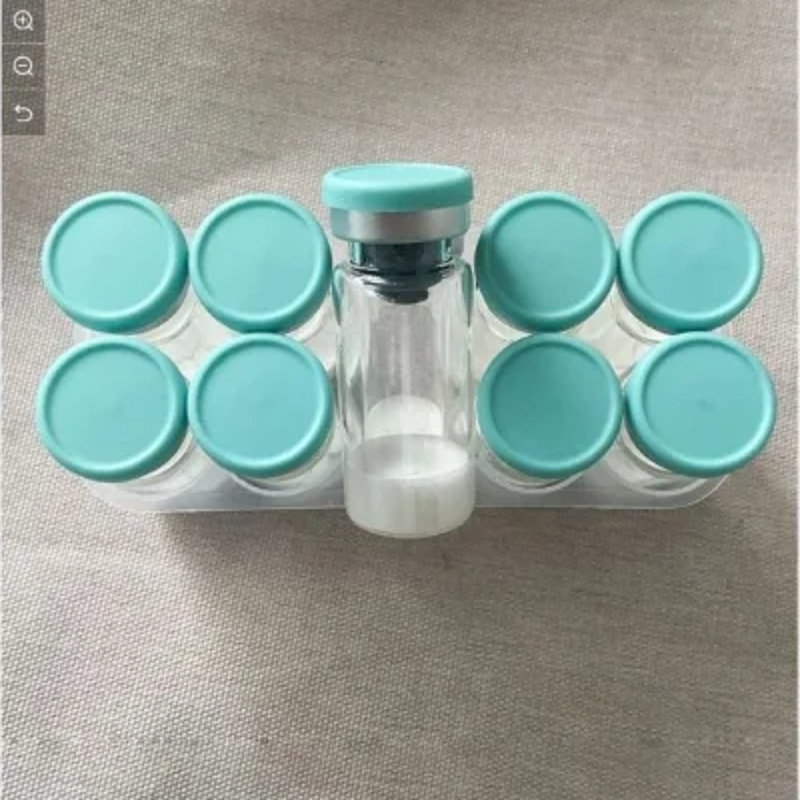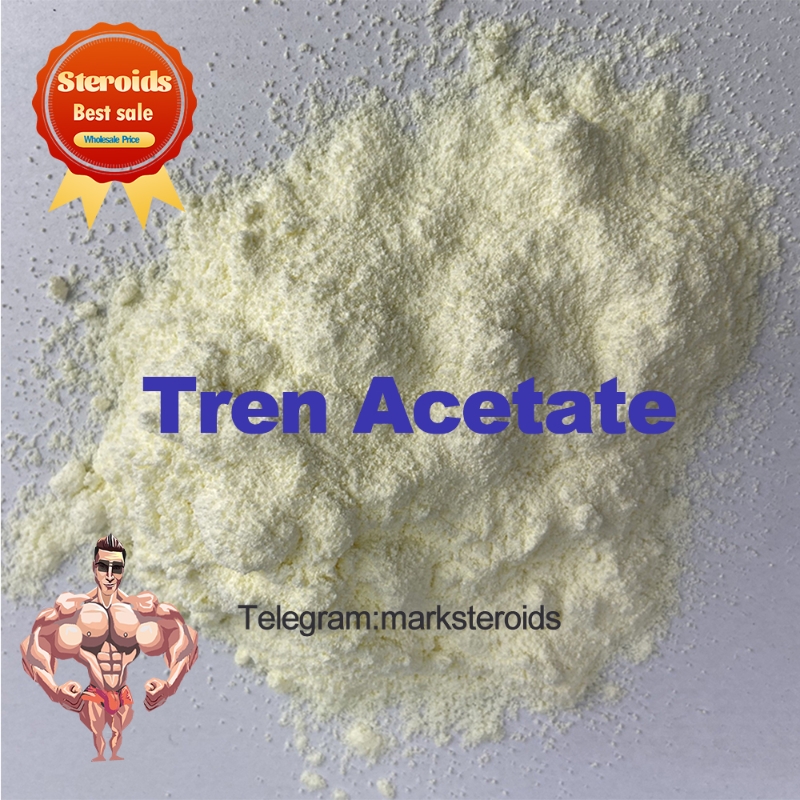[report] the rise of domestic drugs for liver diseases
-
Last Update: 2016-03-25
-
Source: Internet
-
Author: User
Search more information of high quality chemicals, good prices and reliable suppliers, visit
www.echemi.com
The drugs for liver diseases mainly include the drugs for liver treatment in digestive system and metabolism and the drugs for anti hepatitis virus in systemic anti infection Poor drug accessibility is one of the biggest problems in the field of liver disease treatment, that is, some drugs have not been included in the medical insurance, there are obstacles in the actual reimbursement of medical insurance, some drugs are expensive, some new drugs are slow to be approved and difficult to be listed Liver is the largest digestive gland in human body, which can synthesize and store nutrients, secrete bile, detoxify and so on According to the pathogenesis, liver disease can be divided into viral liver disease and non viral liver disease Among them, viral liver disease is a group of legal class B infectious diseases characterized by liver damage caused by a variety of different hepatitis viruses According to the etiological diagnosis, there are at least five types of hepatitis A, B, C, D and E, which cause viral hepatitis A, B, C, D and e respectively Non viral liver disease mainly includes alcoholic liver disease, drug or toxic liver disease, metabolic abnormal liver disease and fatty liver disease According to who statistics, the number of deaths caused by various types of hepatitis in the world is 1.4-1.5 million every year, ranking the seventh in various diseases Hepatitis B and C virus infection may develop into chronic liver disease, leading to liver failure, cirrhosis and HCC It is estimated that 500 million people are chronically infected with hepatitis B or C virus, which causes about 57% of cirrhosis cases and 78% of primary liver cancer cases China is a country with high incidence of hepatitis, especially hepatitis B The results of seroepidemiological survey of hepatitis B in the whole country show that the carrying rate of HBsAg is 7.18% in the general population and 93 million in the virus carrying population About 1 / 4 of them develop chronic liver disease, some develop cirrhosis, even liver cancer According to the statistics of the disease prevention and Control Bureau of the health and Family Planning Commission, the number of viral hepatitis in 2015 was the first in class B infectious diseases in China (excluding Hong Kong, Macao and Taiwan), with a total of 1218946 cases Among them, 934215 cases were hepatitis B, accounting for 76.64%; 207897 cases were hepatitis C, accounting for 17.06% There were 474 cases of viral hepatitis: 352 cases of hepatitis B, accounting for 74.26%; 95 cases of hepatitis C, accounting for 20.04% Table 1: Statistics of incidence and death of viral hepatitis in 2015 (data source: disease prevention and Control Bureau of health and Family Planning Commission) liver medication mainly includes two categories: liver therapy drugs in digestive system and metabolism drugs and anti hepatitis virus drugs in systemic anti infection drugs Poor drug accessibility is one of the biggest problems in the field of liver disease treatment, that is, some drugs have not been included in the medical insurance, there are obstacles in the actual reimbursement of medical insurance, some drugs are expensive, some new drugs are slow to be approved and difficult to be listed However, it is still necessary to point out that liver disease can be prevented, controlled and treated As long as patients can correct their attitude, get out of the misunderstanding and make scientific diagnosis and treatment, liver disease can achieve clinical rehabilitation Zhongkang Research Institute made a panoramic scan of the national liver disease drug market, aiming to track the market performance of various types of liver disease drugs and which products are most favored in the market | scale: 44.03 billion yuan, with a growth rate of 8.3% In 2015, the overall scale of liver disease medication in China was 44.03 billion yuan, an increase of 3.373 billion yuan compared with 2014, with a growth rate of 8.3%, slightly higher than the growth rate of 7.6% of the whole drug market Under the influence of bidding price reduction, drug proportion restriction and secondary price negotiation, the overall situation of drug market in the future, including drugs for liver disease, is not optimistic In terms of classification, liver therapeutics is the main body of liver disease drug market in China, with a market scale of 29.635 billion yuan in 2015, accounting for nearly 70% of the liver disease drug market; anti hepatitis virus drugs account for nearly 33% of the liver disease drug market in China, with a sales scale of 14.395 billion yuan in 2015, with a growth rate of 9.5% Figure 1 market scale of liver disease drugs in 2014-2015 (unit: 100 million yuan) (data source: Zhongkang CMH, the same below.) Figure 2 market share of all kinds of liver disease drugs in 2014-2015 | hospital is the main consumption channel of liver disease drugs From the perspective of hospital and retail market, hospital is the absolute main body of liver disease drug market, with market share of 86.1% in 2015; in 2015, the retail market of liver disease drugs was 6.113 billion yuan, accounting for only 13.9% From the perspective of market share change, the retail channel has a significant growth momentum With the deepening of public hospital reform and the gradual expansion of the market for chronic disease drugs, the retail channel is expected to usher in new development opportunities in the next few years Figure 3 market share of two channels of liver disease medication in 2014-2015 | anti hepatitis drug is the main body of hospital liver disease medication; anti hepatitis drug is the largest category of liver disease medication in China's Hospital channels, with sales share of 78.70% in 2015; heat clearing agent accounts for the highest proportion in Chinese patent medicine, with 10.80% in 2015 From the perspective of development trend, the smaller categories of Chinese patent medicines show a negative growth trend Table 22014 - 2015, the sales scale and market changes of different types of liver diseases in hospital channels The main body of the retail market is hepatitis anti viral drugs With the increasing incidence rate of liver diseases in China, the scale of drug consumption in the retail market has been expanding continuously, and the growth rate in 2015 is as high as 16.4% This is nearly two times the growth rate of the whole liver disease market (8.3%) From the perspective of market share, although the proportion of antiviral drugs has declined by 2.9%, it is still the leading market in the retail market of liver disease drugs, while the market share of the other three categories has increased in varying degrees Figure 4 sales scale of liver disease drugs in retail market (unit: million yuan) from 2014 to 2015 Figure 5 market share of liver disease drugs in retail market from 2014 to 2015 In terms of anti hepatitis drugs, the total sales share of the top ten products in 2015 was 92.2%, slightly increased from 90.7% in 2014, with a high concentration Among them, the sales shares of the antiviral drugs bolutin and hepaticine produced by the foreign-funded enterprises Bristol Myers Squibb and GlaxoSmithKline ranked first and second respectively for two consecutive years, but the downward trend was obvious Among the top 10 brands, the sales growth rates of domestic brands Runzhong, Mingzheng, Forrest and leiyide are all over 20%, with a strong growth momentum Figure 6 The sales share of top 10 anti hepatitis drugs in 2014-2015 Only from the perspective of retail channels, in 2015, the top 10 brand of liver disease drugs in China, bolutin was in the leading position; although Runzhong ranked second, its sales growth rate (54.3%) was far higher than that of bolutin (18.9%) In terms of category, 7 of the top 10 brands in retail channels belong to anti hepatitis virus category, and the rest 3 belong to enzyme reducing and yellow removing category, liver protecting and liver protecting category and immune regulation category The growth momentum of these three liver therapeutic drugs is good, while the four brands in negative growth state belong to anti hepatitis virus category Figure 7 top 10 brands and growth of liver disease drug sales share in the retail market from 2014 to 2015
This article is an English version of an article which is originally in the Chinese language on echemi.com and is provided for information purposes only.
This website makes no representation or warranty of any kind, either expressed or implied, as to the accuracy, completeness ownership or reliability of
the article or any translations thereof. If you have any concerns or complaints relating to the article, please send an email, providing a detailed
description of the concern or complaint, to
service@echemi.com. A staff member will contact you within 5 working days. Once verified, infringing content
will be removed immediately.







